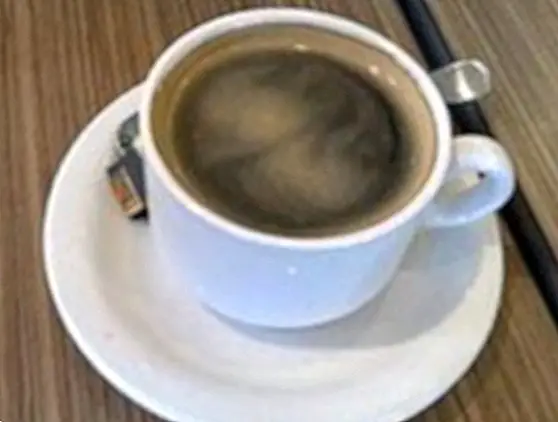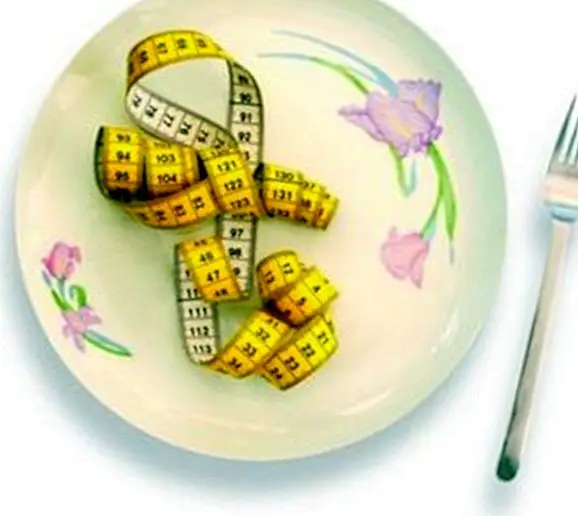Gases after a laparoscopy: why they appear and how to relieve them
The laparoscopy It is probably characterized by being one of the most advanced and comfortable surgeries that exist, not only for the medical specialist himself but also for the patient, mainly because it becomes a minimally invasive surgery system, since all that is needed is to carry out small and minimal incisions for its realization. In addition, not only consists of a surgical technique, but also is useful to observe the pelvic-abdominal cavity with the help of an optical lens in order to observe the images of the interior.
That is, it provides many advantages compared to traditional open surgery, given that a smaller size of the incision is made (with the obvious better aesthetic effect in terms of healing), and its comfort in terms of less postoperative pain and a much faster recovery of the patient, with a shorter stay or hospital stay.

However, despite its comfort and its medical importance because it is minimally invasive, it can become an inconvenience for the patient only a few hours after it has been performed. And is that gases may arise which in most cases tend to be very painful. We explain why they appear and how to relieve them.
Why do the gases appear after a laparoscopy?
To perform laparoscopic surgery, the surgeon makes 3 to 4 small incisions in the abdomen of the person. The laparoscope is inserted through one of these incisions, while other medical instruments will be introduced through the other incisions in order to aid in the removal.
Once this is done gas is pumped to expand the abdomen, which helps the surgeon to have more space to work. And, precisely, it is this insufflated gas that can cause discomfort and abdominal pain for several days after the surgical procedure has been carried out.

It is common that people who undergo this type of surgery usually feel pain in the shoulders and neck days after laparoscopy. The reason is that carbon dioxide irritates the diaphragm, so that as the gas is absorbed by the body the pain tends to disappear little by little.
How to relieve gas after a laparoscopy
Since the expulsion of insufflated gases during laparoscopic surgery tends to be very difficult because they are not located inside the stomach or in the intestines, but more specifically in the area of the peritoneum, it is common for the patient after the operation feel a lot of discomfort and get even more nervous at the impossibility of expelling the gases as normally would.
Thus, It is very important not to add more gases to those already existing in the body, to avoid added and greater discomforts. It's fundamental avoid swallowing air while we eat, chewing the food slowly and always with care, avoiding swallowing if we do not keep our mouths closed.
If for example you submitted to the removal of the gallbladder It is quite possible that your surgeon or doctor has advised you what diet to follow and what foods to eat in the weeks after surgery. Evidently, you must avoid those foods that cause the production of more additional gas in your body, especially in the stomach and intestines. So, for example, foods like broccoli, cabbage, beans, dairy, corn and carbonated beverages (carbonated, for example type soft drinks or beers).

It is also useful walk for a few minutes every so often throughout the day, to reduce pain and discomfort. This will help in turn when your own body absorbs excess gas. As you will have to be at rest, it is enough to walk around your house.
Little by little you will feel how the gases are disappearing. However, if after a few days you continue the same, or with much pain, it is best to go to your doctor, especially if accompanied by fever, diarrhea, nausea or vomiting.
Images | ISTOCKPHOTO / THINKSTOCK This article is published for informational purposes only. It can not and should not replace the consultation with a Physician. We advise you to consult your Trusted Doctor.


